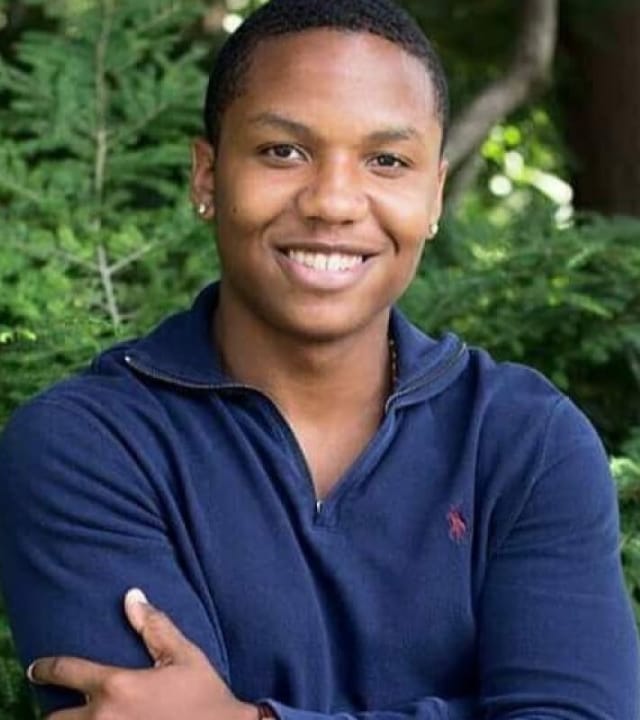Fargo Cold Cases
Stay on top of all things cold cases, advocacy, and true crime with our twice per week newsletter
Fargo, North Dakota Cold Cases
When those we love have been taken from us, cold cases can be a disturbing reminder that leaves us all yearning for answers and closure. Even Fargo, North Dakota, has had its share of unexplained incidents of missing and murdered people since 1980.
The North Dakota Bureau of Criminal Investigation reports that there are over 30 cold cases, including homicides and disappearances, that have not been resolved since at least the 1970s. Several of these instances have yet to be solved, keeping those involved and their loved ones in the dark.
Lack of information and evidence is a problem while trying to solve cold cases. Evidence might be lost or deteriorated, memories can fade, and witnesses can relocate or die over time. But, the Fargo Police Department is dedicated to investigating every possible lead and bringing these cases to a swift and successful conclusion.
The department tries to help families cope with the loss of a loved one by keeping lines of communication open with them. The department's cold case team enlists the help of family members and friends to find clues and information that may have been overlooked in the past. By staying in touch with these communities, investigators are often able to gain access to previously unavailable information and leads.
Using cutting-edge forensic equipment, the agency also frequently reexamines and analyzes stale evidence with a fresh set of eyes. Evidence from cold cases, like as blood samples, is sent to the state's forensic laboratory for analysis. In some previously unsolved cases, the department was able to identify suspects with the use of cutting-edge forensic technologies.
Famous cold cases in Fargo
When conducting an investigation, the police often works with outside entities for support. Sharing information and resources is a priority for the department, which collaborates with local law enforcement, the state attorney's office, and others. They also collaborate with federal agencies for help solving cold cases, such as the National Center for Missing and Exploited Children.
The agency is also dedicated to updating the public on cold cases and soliciting their help in solving them. They frequently employ public outreach activities, such as social media, to update the public on cases and solicit information from the general public. The government thinks that by incorporating the public in these investigations, they will be able to find new leads and ultimately solve these cases.
The Fargo Police Department is committed to solving cold cases and delivering closure to families and communities, despite the difficulties that come with doing so. The department is making every effort to solve these crimes and bring justice to the victims and their families by making use of cutting-edge technology, keeping in constant contact with family members, working with other agencies, and enlisting the help of the public.


Consider this
More than 200,000 unsolved cases have gone cold since 1980, and murder clearance rates continue to drop. With equity for BIPOC, LGBTQ+, and other underserved victims not prioritized in the true crime community—together we can do better.
What is Fargo Police Department (FPD)'s strategy for investigating unsolved cases?
Unsolved homicide and disappearance cases are investigated by the Fargo Police Department's cold case unit. The department has several main components in its method for examining cold cases.
The families of the missing and killed should be kept in the loop as much as possible. In order to find new clues and information, detectives from the cold case section consult with friends and family members of the victim. Detectives aim to find fresh clues and information by collaborating closely with these families.
The Department also plans to use cutting-edge forensic technology to reexamine and analyze previously collected evidence. Evidence from cold cases, like as blood samples, is sent to the state's forensic laboratory for analysis. In some previously unsolved cases, the department was able to identify suspects with the use of cutting-edge forensic technologies.
In addition to working with outside groups, the agency conducts its own cold case investigations. Sharing information and resources is a priority for the department, which collaborates with local law enforcement, the state attorney's office, and others. They also collaborate with federal agencies for help solving cold cases, such as the National Center for Missing and Exploited Children.
The agency is also dedicated to updating the public on cold cases and soliciting their help in solving them. They frequently employ public outreach activities, such as social media, to update the public on cases and solicit information from the general public. The government thinks that by incorporating the public in these investigations, they will be able to find new leads and ultimately solve these cases.
In general, the Fargo Police Department uses a mix of forensic technology, collaboration with other agencies and groups, and close ties with victims' families and friends while researching cold cases. The department is using a multipronged strategy in its pursuit of justice for victims and peace of mind for their loved ones.
What resources are available to help solve cold cases?
For anyone in Fargo, North Dakota interested in solving cold cases, the following resources are at your disposal:
There is a special section of the Fargo Police Department devoted to reopening cold cases. They investigate murders that have yet to be solved, as well as missing and unidentified persons. Expert investigators work in the unit, employing cutting-edge methods to crack cases.
This article is about the North Dakota Bureau of Criminal Investigation (BCI), which collaborates with local police departments to conduct investigations and other support services. In addition, they have a special Cold Case Unit that works with other law enforcement to solve cold cases.
The North Dakota Department of Justice is a government agency that helps local police departments. Unsolved homicides in the state are investigated by the Cold Case Unit.
When a kid goes missing or is being exploited, the National Center for Missing and Exploited Children steps in to help. They have a specialized team that collaborates with local authorities, families, and concerned citizens to recover missing children.
The Doe Network is an online database that contains details about missing and unidentified people. Law enforcement agencies, families, and the general public can all access the information. As a result, people can pool their resources and work together to solve mysteries.
Crime Stoppers is a nonprofit that partners with law enforcement to facilitate the anonymous reporting of criminal activity. They have reward programs set up to encourage people to come forward with information that helps police bring criminals to justice.
Together, Fargo and the state of North Dakota have a wealth of tools at their disposal to finally put an end to cold cases.
Major cities surrounding Fargo, North Dakota
Moorhead, Minnesota
West Fargo, North Dakota
Wahpeton, North Dakota
Detroit Lakes, Minnesota
Fergus Falls, Minnesota

